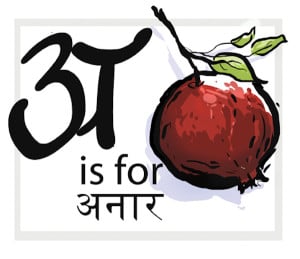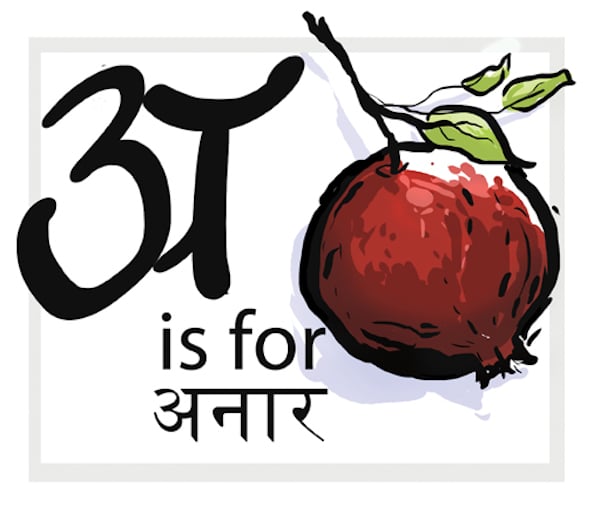For some Stanford students, special languages hold stronger appeal than popular choices
Uzbek, Punjabi, Sanskrit, Hungarian, Tagalog and American Sign Language are just some of nearly 20 special languages offered at Stanford that fulfill the one-year language requirement. While the most popular languages are Spanish, Chinese, Japanese, French, Italian, German and Arabic, according to the Stanford Language Center’s 2010 annual report, other languages hold greater appeal for certain students. The Special Language Program gives students the opportunity to study these lesser-taught languages.

According to the Stanford Language Center , the language requirement, initiated in 1995, exists to “prepare students to have a foreign language capability that enhances their academic program and enables them to live, work, study and research in a different country.”
Students who pursue special languages often do so because of an academic or personal interest in a geographic area and its people or because they are interested in acquiring valuable skills for fieldwork and study abroad in these areas.
“The dissertation topic I have chosen to pursue deals with the dynamic between the nationalities of Transylvania (now part of Romania) during the inter-war period,” states a testimonial on the Special Languages website from a student who studied Romanian to access archival material for her dissertation. “As such, a solid knowledge of spoken and written Romanian is necessary for research of the kind I have planned.”
Provided there is sufficient interest and funding available, the University also offers new language classes upon request.
A case in point is this year’s introduction of Yoruba, a West African language, after a group of Nigerian-American students petitioned for its implementation.
Tayo Amos ’14, who is studying Yoruba, was impressed that the University listened to the students’ request.
“It was just astounding to me,” she said. “It’s hard to find another school that does that.”
Besides Yoruba, Amos has taken both Spanish and Catalan, a language spoken in some regions of Spain, at Stanford.
“I knew I wanted to study abroad in Barcelona, and I knew they spoke Catalan there, so I wanted to get a head start,” she said.
Amos said that her experience learning Catalan, which is not under the Special Languages Program, was a positive one.
Nina Papachristou ’14, who studied Swahili at Stanford, shared this sentiment about her experience studying language at Stanford.
“With a special language like Swahili, the syllabus is much more flexible,” she said. “Now that I am at an advanced level, the other students and I can suggest different things for the syllabus than what the teacher might have chosen at the beginning of the quarter.”
Papachristou, who has also taken French at Stanford, noted a difference in subject matter between language classes outside the Special Language Program compared to those within it.
“With special languages, there is a lot more of an emphasis on learning the culture of the place where the language is spoken,” she said. “For example, we learn about East African methods of nonverbal communication or how Swahili weddings are conducted.”
Jason Kaufman ’14, who studied Hindi, had a similar experience. He has also taken French at Stanford, but said he preferred the teaching style of his Hindi class.
“The [Hindi] class did not just focus on vocabulary and grammar, but also the culture in India,” he said.
Additionally, Kaufman pointed out that one of the benefits of taking a special language is the small size of the classes, which allows for more individualized attention for each student.
However, according to Papachristou, learning a less common language does have some unique challenges.
“The most challenging thing about learning Swahili is having nobody to practice with,” she said. “The only real way to improve my speaking abilities is to spend time in Kenya and Tanzania.”
Kaufman agreed that picking up a special language can be especially hard.
“A weakness of the [Hindi] program last year was that we only had class two days a week,” he said. “However, this year Beginning Hindi is five days a week, which suggests the program is improving.”
